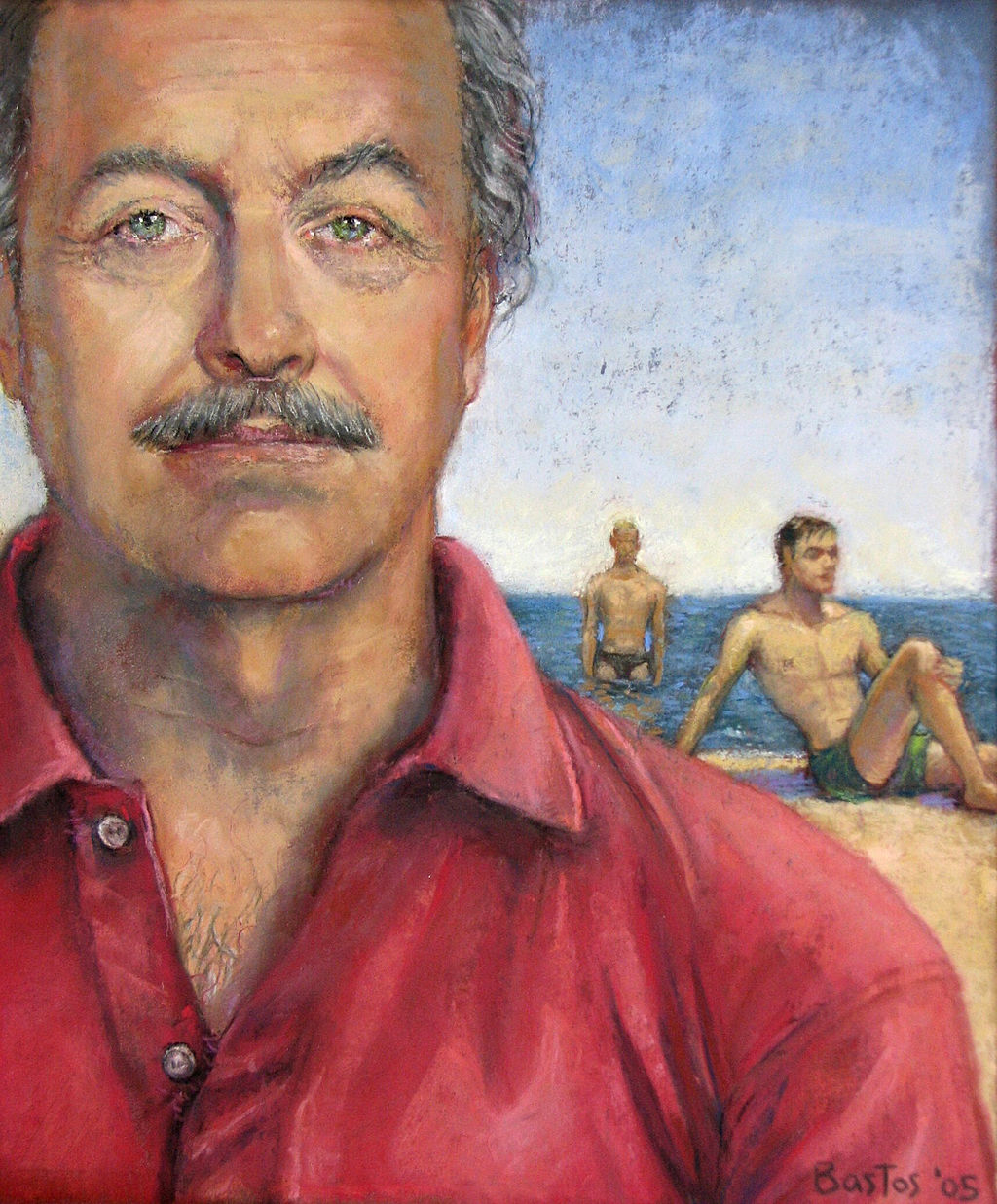
Nora: A Doll’s House
Young Vic Theatre, 10th February 2020
It is not difficult to see why theatre-makers, and audiences, continue to be drawn to drawn to Ibsen’s masterpiece, now over 140 years old. First and foremost, there is the still extraordinarily powerful message. Just think what old Henrik would have written if he had actually set out to write a feminist manifesto and not used the real-life experience of a family friend. Then there are the complex fully rounded characters, not just Nora herself, but Helmer, Rank, Kristine, Krogstad and Anne Marie, a mixture of good, bad and indifferent, shaped by, and shaping, the society they are immersed in. Of course, our sympathies are drawn towards the women’s predicaments, with indignation reserved for the patriarchal men and the way they treat those women, but, as ever with Ibsen, there is plenty of grey to ponder in between the black and white. Then there is the plot. Enough twists, believable disclosure, that ending, getting close enough to melodrama to please even the casual theatrical punter but offering enough pleasure to those who seek repeated viewings.
And then there is its seemingly infinite elasticity. We may have moved on from the stifling morality of late C19 Norwegian society and the “exclusively male society, with laws made by men and with prosecutors and judges who assess feminine conduct from a masculine standpoint” that HI observed, but his skill and intention in framing a more universal message of personal freedom and self-expression is, if anything, even more relevant in our world today. As last year’s queer reworking of the play, in Samuel Adamson’s Wife at the Kiln Theatre, demonstrated. (He has previous with reinterpretation of the play, though with psychology rather than gender, in his 2003 adaptation at the Southwark Playhouse).
I am still most drawn to those interpretations which stick closely to Ibsen’s structure, plot and characters though am always up for an interpretation that shifts time, place and/or look. The best of the recent crop was Tanika Gupta’s resetting to colonial India at the Lyric Hammersmith, recently streamed for one day only. Going further back I gather the 2009 Donmar production from Zinnie Harris was a bit of a damp squib despite a stellar cast, (Anderson G, just seen on the NT/YV stream as a peerless Blanche Dubois, Stephens T, Lesser A, Fitzgerald T and Eccleston C). I would certainly have liked to have seen Thomas Ostermeier’s hand grenade reworking based on what he did with Hedda Gabler just shown on the Schaubuhne Berlin streamfest.
Mind you, from the sound of it, the Royal Exchange outing from 2013 sounds like it would have been my glass of akevitt, with Greg Hersov in the director’s chair using Bryony Lavery’s reliable adaptation and with Cush Jumbo as Nora. (I do so hope we will get to see her Hamlet at the YV though I am not holding my breath – oops quite literally as I write this they have had to can it pro tem). Completing the history lesson Nora’s last visit to the Young Vic itself was in 2012 I believe with Hattie Monahan courtesy of Carrie Cracknell which I will watch one day soon on a streaming service near me.
And so to Nora: A Doll’s Hose. This re-think, from Stef Smith (Human Animals, Royal Court), by way of Glasgow Citizen’s Theatre, offered more than enough to chew on. As you probably already know , this comment coming a full 2 months and change after the production closed, (just a week or so early as the curtains came down everywhere), her big idea is to offer us three different Noras: from 1918, the year women finally git the vote, 1968, the “Sexual revolution” and the introduction of the pill, and 2018, the dawn of MeToo., against a backdrop of austerity Britain Though with one actor, Luke Norris, as husband, in a quick-change, of character as well as costume, masterclass.
We gain in Nora dimensionality, as social and, notably, economic context and mundane duty, especially childcare, are fitted to period. 1918 Nora (Amaka Okafor), is patronised, yet remains dignified, in her care of war-damaged Thomas 1, 1968 Nora (Natalie Klamar) is a bundle of nerves, popping pills, bullied by Thomas 2 and 2018 Nora (Anna Russell-Martin), weighed down by debt and childcare seeks solace in drink, Thomas 3 being abusive and bugger all use. Stef Smith cleverly finds ways to keep the broad brush strokes of HI’s plot visible and the choreography of Elizabeth Freestone’s direction, (and especially EJ Boyle’s movement), through Tom Piper’s skeletal set, signifying door and not much more, beefed up with Lee Curran’s lighting and Michael John McCarthy’s sound/composition, as we zip back and forth in time, is remarkable.
However with Mark Arends tripling up as xx Nathan, Zephryn Tattie as xxx Daniel and the three Nora leads also interchanging as her mate, and, in the swinging sixties lover, Christine, it can, even with excellent performances all round (wrong to have favourites, but most impressively, Anna Russell-Martin) it does get a bit breathless with, er, breadth supplanting depth of character. No question it works as innovative theatre making and it conveys its feminist message smartly with rhythm in words and actions, bar a rather maladroit coda. We, the SO, BUD and KCK, could have done with a pie and a pint to discuss further in what, it transpired was our last pre-lockdown outing. But it could have done with drilling down further, and more finely, into the detail of the thoughts it provoked. Maybe in a more focussed, original, contemporary, play with just a faint echo to the Ibsen that Stef Smith so plainly, and rightly, is inspired by.
That’ll be it for Nora this year I think. The Tourist’s annual outing to Amsterdam and the ITA to see Robert Icke’s Children of Nora was a casualty of our times, though the Jamie Lloyd production based on Frank McGuinness’s adaptation and starring Hollywood royalty Jessica Chastain is still planned for July. We’ll see.






